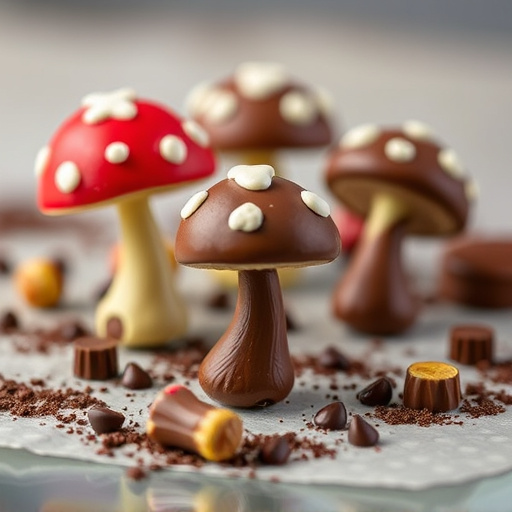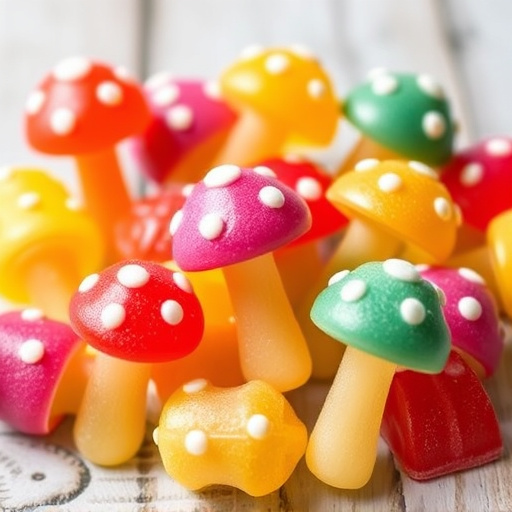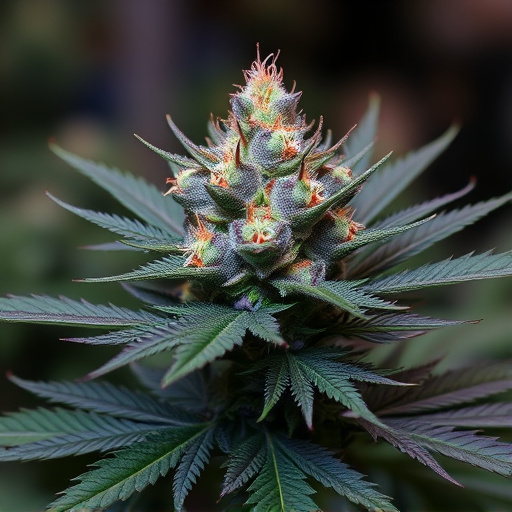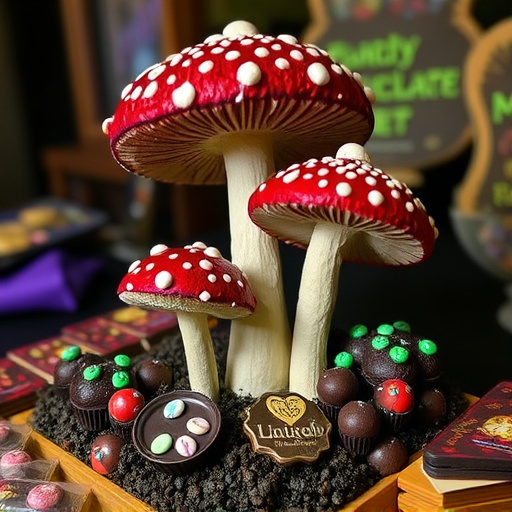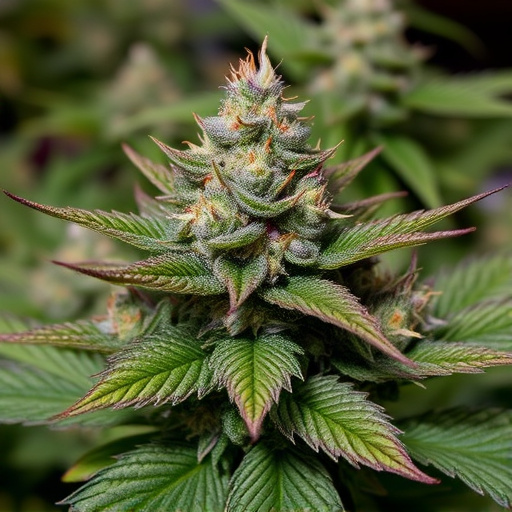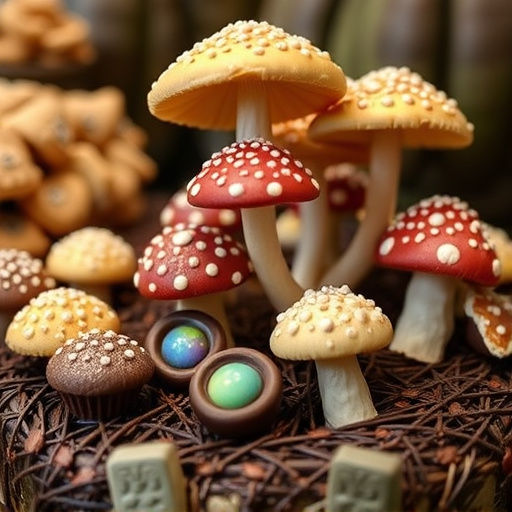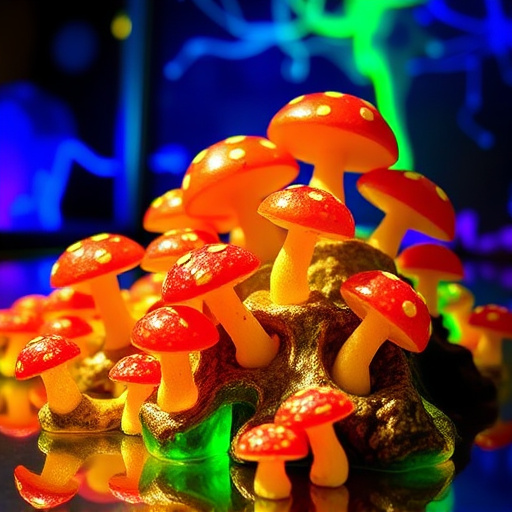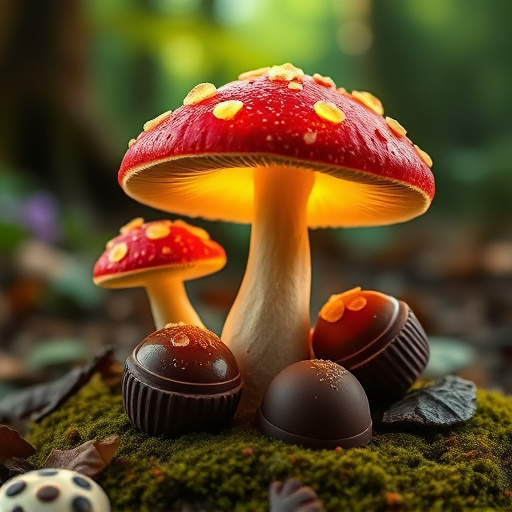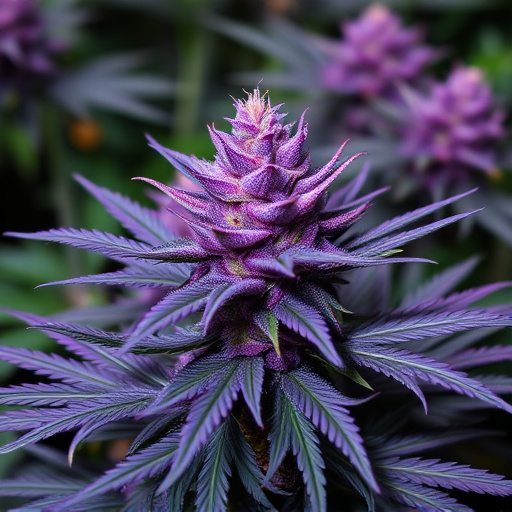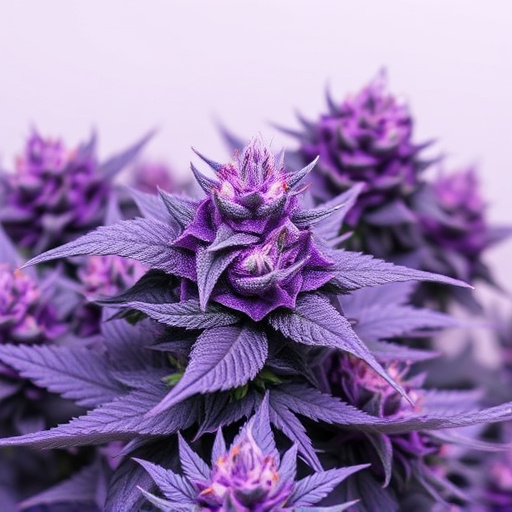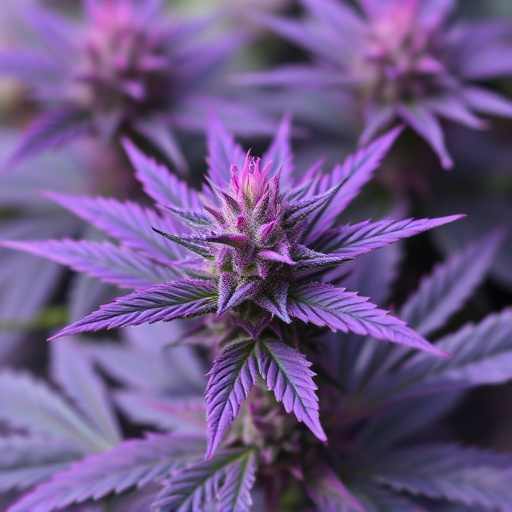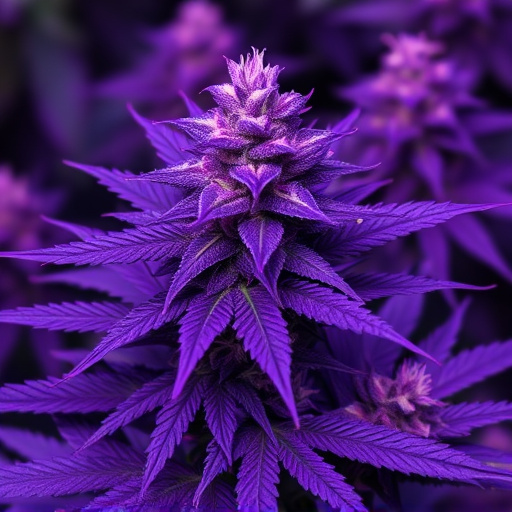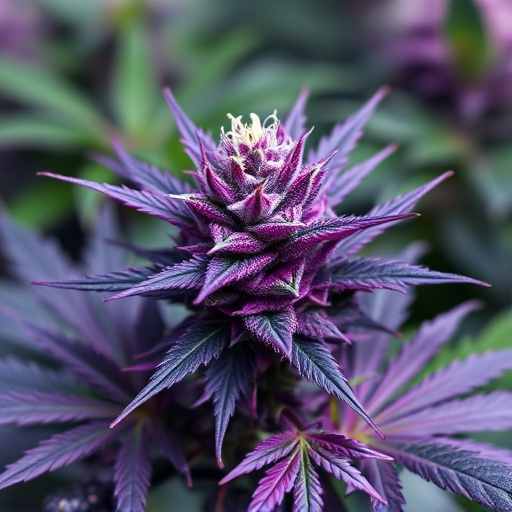Sun-grown cannabis, outdoor cultivation, provides advantages over indoor varieties, including enhanced photosynthesis, denser flowers, seasonal terpene diversity, better airflow, and natural pest control. These factors contribute to premium pricing. Purple cannabis strains, known for their vibrant hues and purported potent effects, are visually striking but require specific conditions and advanced techniques to cultivate. While promising, scientific research on their unique therapeutic benefits remains limited.
In the dynamic landscape of cannabis cultivation, understanding the nuances of sun-grown versus indoor cannabis is paramount. This article delves into the outdoor advantages of sun-grown cannabis, its robust flavors and terpene profiles, enhanced by natural sunlight. Conversely, we explore the benefits of indoor cultivation, where advanced technologies offer precise control over climate, light, and nutrition. Special focus is given to purple cannabis strains, known for their unique properties, as we weigh the pros and cons of each growing method.
- Sun-Grown Cannabis: The Outdoor Advantage
- Indoor Cultivation: Controlled Environment Benefits
- Exploring Purple Cannabis Strains: A Comparison Highlighting Pros and Cons
Sun-Grown Cannabis: The Outdoor Advantage
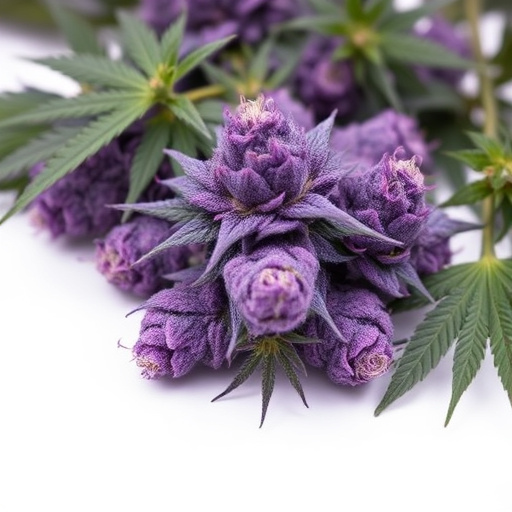
Sun-grown cannabis, cultivated in outdoor environments, offers a unique set of advantages that indoor growers can’t always replicate. One of the most notable benefits is access to natural sunlight, which plays a significant role in the plant’s development. This natural light stimulates photosynthesis, allowing the cannabis plants to absorb essential nutrients and produce more robust, often denser flowers. Outdoor-grown purple cannabis strains, in particular, are renowned for their vibrant hues and enhanced cannabinoid profiles. The change in seasons also adds variety; colder temperatures can induce a higher terpene production, creating distinct aromatic profiles sought after by connoisseurs.
Moreover, sun-grown cannabis benefits from better airflow and natural pest control. Outdoor settings provide ample circulation of fresh air, which is crucial for preventing fungal diseases and promoting healthier plants. This method also avoids the need for excessive chemical inputs typically required in indoor cultivation to mimic outdoor conditions. As a result, sun-grown cannabis often commands premium prices due to its perceived superior quality and the labour-intensive nature of its cultivation.
Indoor Cultivation: Controlled Environment Benefits
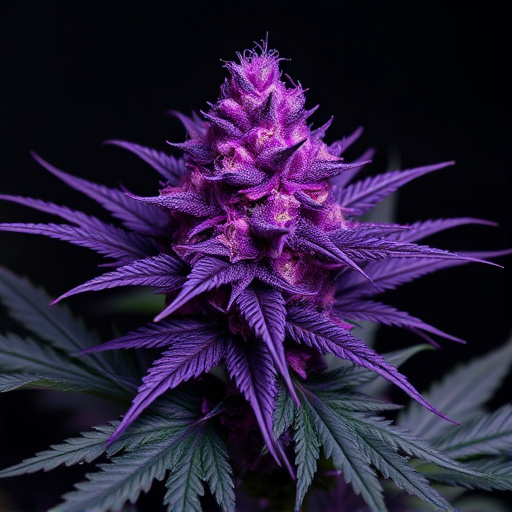
Exploring Purple Cannabis Strains: A Comparison Highlighting Pros and Cons
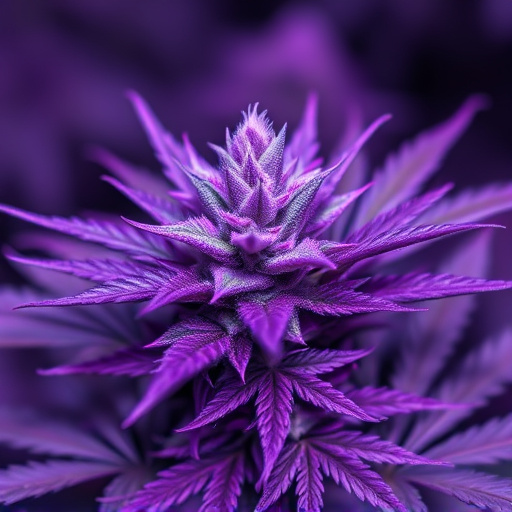
Purple cannabis strains have gained significant attention for their unique appearance and purported enhanced effects. These strains owe their distinctive hue to high levels of anthocyanins, a type of cannabinoid responsible for the plant’s vibrant color. Beyond aesthetics, purple strains are said to offer distinct benefits, such as increased relaxation, pain management, and improved appetite. However, like any cannabis strain, they also come with considerations. The cultivation process for purple strains can be more demanding, often requiring specific environmental conditions and advanced techniques, which can drive up production costs. Additionally, while anecdotal evidence suggests superior effects, scientific research on the unique properties of purple cannabis is still limited. Thus, while exploring these strains offers intriguing possibilities, it’s crucial to balance enthusiasm with empirical understanding.
In the ongoing debate between sun-grown and indoor cannabis cultivation, both methods offer unique advantages. Sun-grown cannabis benefits from natural sunlight and outdoor environments, promoting robust plants with distinct terpene profiles. Conversely, indoor cultivation provides precise control over climate, light cycles, and nutrient delivery, enabling consistent quality and yield. When exploring specific strains like purple cannabis varieties, understanding these cultivation methods becomes crucial for connoisseurs seeking the optimal experience. By weighing the pros and cons of each approach, cultivators and consumers can make informed decisions that cater to their preferences.
